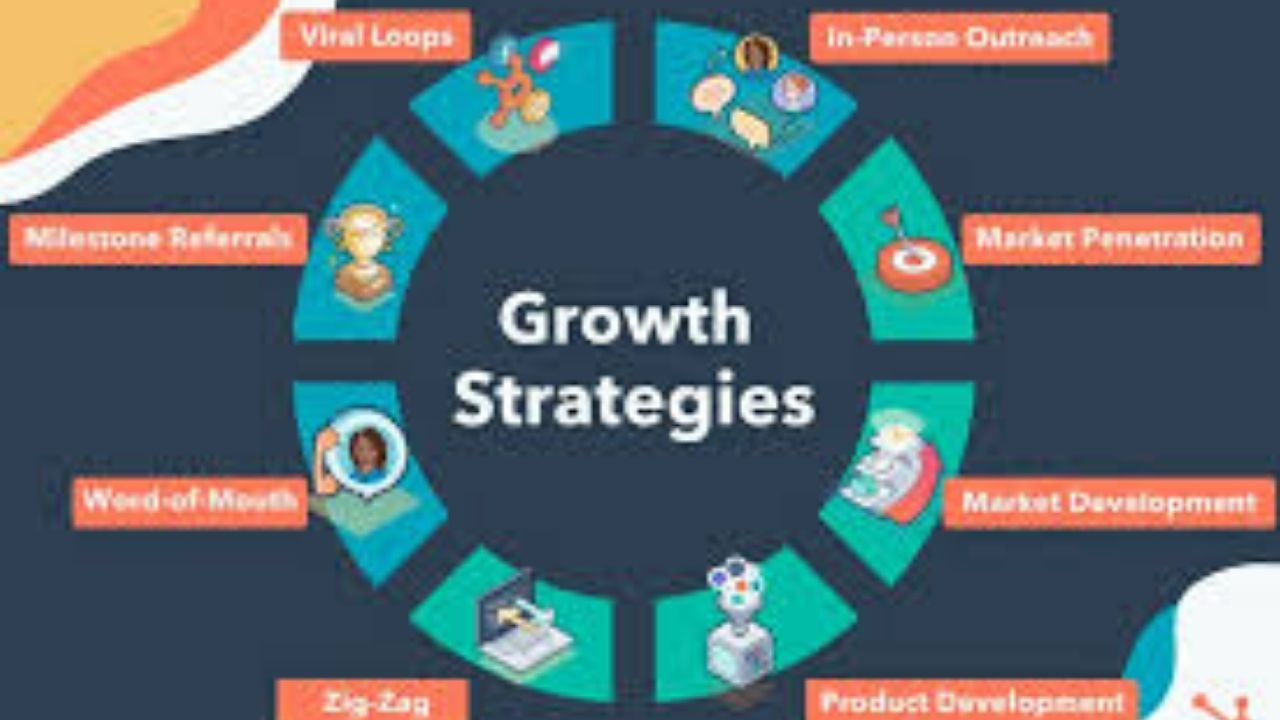
Introduction
Scaling a business successfully requires more than just increasing sales—it demands a well-structured strategic growth plan. Without a clear roadmap, businesses risk unsustainable expansion, financial instability, and operational inefficiencies. This guide will walk you through the step-by-step process of strategic growth planning to help your business scale effectively and sustainably.
Define Your Growth Objectives
Before you can scale, you need to set clear and measurable goals. Your growth objectives should be SMART:
- Specific (What exactly do you want to achieve?)
- Measurable (How will you track progress?)
- Achievable (Is it realistic given your resources?)
- Relevant (Does it align with your overall business vision?)
- Time-bound (What is the deadline for achieving it?)
Example: “Increase monthly revenue by 30% within the next 12 months by expanding into a new market.”
Conduct Market Research
Understanding your market is crucial for strategic growth. Conduct in-depth research to analyze:
- Target Audience: Who are your ideal customers? What are their pain points?
- Competitor Analysis: Who are your competitors? What strategies are they using?
- Industry Trends: Are there emerging opportunities or threats?
- Market Demand: Is there sufficient demand to support growth?
Using tools like Google Trends, SEMrush, or customer surveys can provide valuable insights to inform your strategy.
Step 3: Optimize Your Business Operations
Scaling requires efficient operations to handle increased demand. Optimize your:
- Workflows: Automate repetitive tasks with tools like CRM software and project management systems.
- Supply Chain: Ensure suppliers can meet higher demands.
- Customer Support: Implement chatbots or a dedicated customer service team to enhance customer experience.
- Financial Management: Assess cash flow and secure funding if needed.
Step 4: Build a Scalable Marketing Strategy
A well-structured marketing strategy will drive sustainable growth. Key strategies include:
- Content Marketing: Publish SEO-optimized blogs, videos, and case studies.
- Social Media Growth: Leverage platforms like LinkedIn, Instagram, and Facebook.
- Paid Advertising: Use Google Ads, PPC campaigns, and social media ads.
- Email Marketing: Develop personalized email campaigns to retain customers.
- Referral Programs: Encourage existing customers to bring in new clients.
Step 5: Expand Your Sales Channels
Diversify your revenue streams by exploring new sales channels such as:
- E-commerce Platforms (Amazon, Shopify, WooCommerce)
- Partnerships & Collaborations (Affiliate marketing, joint ventures)
- International Expansion (Entering new geographical markets)
- Subscription Models (Offering recurring revenue-based services)
Step 6: Invest in Your Team and Leadership
As your business scales, your team must grow alongside it. Focus on:
- Hiring the Right Talent: Recruit skilled professionals in key areas.
- Leadership Development: Train managers to handle larger teams.
- Employee Retention: Offer competitive salaries, career growth opportunities, and a positive work culture.
Step 7: Track, Measure, and Adjust
Growth is an ongoing process that requires continuous monitoring. Use KPIs (Key Performance Indicators) to track progress:
- Revenue Growth Rate
- Customer Acquisition Cost (CAC)
- Customer Lifetime Value (CLV)
- Market Share Expansion
- Operational Efficiency Metrics
Adjust your strategies based on performance data and market shifts to ensure sustainable growth.
Conclusion
Strategic growth planning is essential for any business looking to scale efficiently. By setting clear goals, optimizing operations, expanding marketing efforts, and investing in the right talent, businesses can achieve long-term success. Start implementing these steps today to build a resilient, scalable business model that thrives in a competitive market.